What I have is data in a tab delimited txt file in the following format (http://pastebin.com/XN3y9Wek):
Date Time Flow (L/h)
...
6/10/15 05:19:05 -0.175148624605041
6/10/15 05:34:05 -0.170297042615798
...
7/10/15 07:34:08 -0.033833540932291
7/10/15 07:49:08 -0.0256913011453011
...
The data currently ranges from 6/10/15 till 22/11/15. Measurements occur approximately every 15 minutes, but sometimes there is data loss which means that there are not the same amount of data points for every day. There are also periods where there is a larger gap (for example evening 16/11 -> morning 17/11) due to logger malfunction.
From this data I would like to create a similar figure like this one, as it offers a very nice seasonal representation of a large amount of data (my full dataset spans over several years):
Its similar to the style of a Hovmöller diagram. I have tried experimenting with R and the lattice package, but I struggle with the data gaps I have in my datasets and the irregular data points per day.
Any help you can offer me, an R beginner, would be greatly appreciated!
(If it would be possible in PHP or Javascript, feel free to post this as well)
